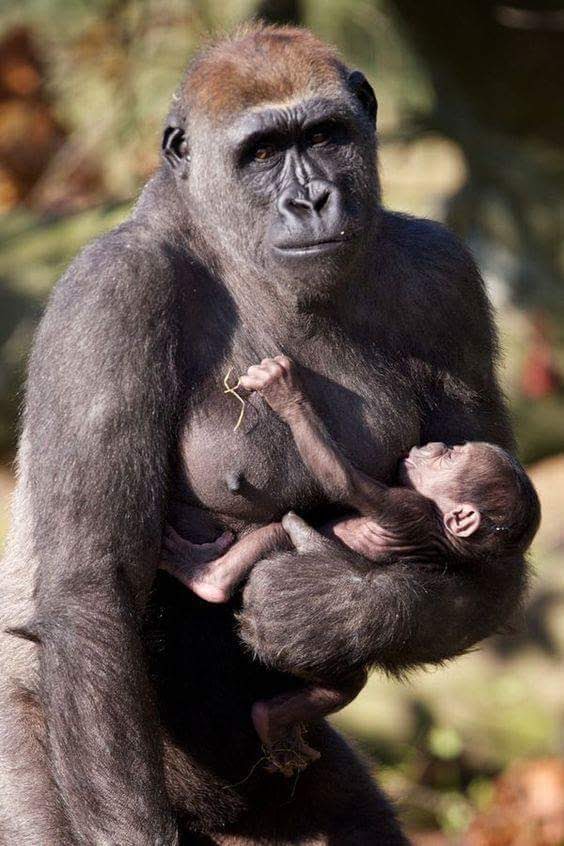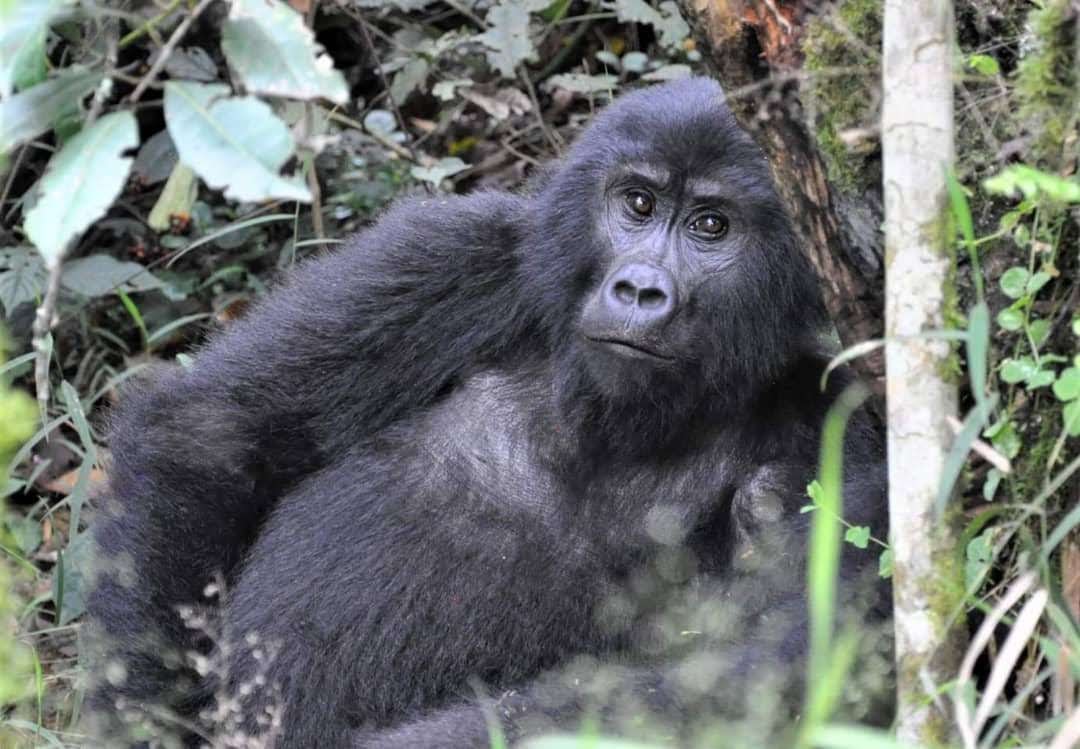- Home
- About Us
- Uganda safaris
- Long Safaris
- Short Safaris
- Day Short Safaris
- 1 Day Entebbe Botanical gardens weekend birding excursion
- I Day Entebbe City Tour
- 1 Day Jinja, Mabira, Ssezibwa Tour
- 1 Day Jinja Source of the Nile tour
- Lake Victoria Sunset Cruises
- 1 Day Kampala City Tour
- 1 Day Mabamba Shoebill Stork And Birding Tour
- 1 Day Makanaga Shoebill And Birding Trip
- 1 Day Ngamba Island Boat And Chimpanzee Excursion
- Other Tours
- Gorilla Safaris
- Uganda Gorilla safaris
- 4 Days Mgahinga Bwindi gorilla and golden monkey trekking safari
- 3 Days Mgahinga Gorilla trekking safari
- 5 Days Mgahinga Gorillas, Golden Monkey And Lake Bunyonyi Tour
- 5 Days Gorillas And Wildlife, L.Mburo, Bwindi and L. Bunyonyi
- 8 Days Wildlife, Gorillas, Golden Monkeys Trip
- 8 Days Gorillas Chimpanzee and wildlife Trekking Tour
- 9 Days Kidepo Valley National park and Bwindi Gorilla Safari. Wildlife and gorillas
- 11 Days Gorilla And Chimpanzee Tracking and wildlife Safari
- Rwanda Gorilla Safaris
- Uganda Gorilla safaris
- National Parks
- Kidepo Safaris
- Queen Elizabath Safaris
- Lake Mburo Safaris
- Mgahinga
- Mgahinga Gorilla National Park
- 3 Days Mgahinga Gorilla trekking safari
- 4 Days Mgahinga Bwindi gorilla and golden monkey trekking safari
- 5 Days Rwand-Uganda Gorilla, Golden Monkey trekking trip
- 5 Days Mgahinga Gorillas, Golden Monkey And Lake Bunyonyi Tour
- 8 Days Wildlife, Gorillas, Golden Monkeys Trip
- Other Safaris
- Home
- About Us
- Uganda safaris
- Long Safaris
- Short Safaris
- Day Short Safaris
- 1 Day Entebbe Botanical gardens weekend birding excursion
- I Day Entebbe City Tour
- 1 Day Jinja, Mabira, Ssezibwa Tour
- 1 Day Jinja Source of the Nile tour
- Lake Victoria Sunset Cruises
- 1 Day Kampala City Tour
- 1 Day Mabamba Shoebill Stork And Birding Tour
- 1 Day Makanaga Shoebill And Birding Trip
- 1 Day Ngamba Island Boat And Chimpanzee Excursion
- Other Tours
- Gorilla Safaris
- Uganda Gorilla safaris
- 4 Days Mgahinga Bwindi gorilla and golden monkey trekking safari
- 3 Days Mgahinga Gorilla trekking safari
- 5 Days Mgahinga Gorillas, Golden Monkey And Lake Bunyonyi Tour
- 5 Days Gorillas And Wildlife, L.Mburo, Bwindi and L. Bunyonyi
- 8 Days Wildlife, Gorillas, Golden Monkeys Trip
- 8 Days Gorillas Chimpanzee and wildlife Trekking Tour
- 9 Days Kidepo Valley National park and Bwindi Gorilla Safari. Wildlife and gorillas
- 11 Days Gorilla And Chimpanzee Tracking and wildlife Safari
- Rwanda Gorilla Safaris
- Uganda Gorilla safaris
- National Parks
- Kidepo Safaris
- Queen Elizabath Safaris
- Lake Mburo Safaris
- Mgahinga
- Mgahinga Gorilla National Park
- 3 Days Mgahinga Gorilla trekking safari
- 4 Days Mgahinga Bwindi gorilla and golden monkey trekking safari
- 5 Days Rwand-Uganda Gorilla, Golden Monkey trekking trip
- 5 Days Mgahinga Gorillas, Golden Monkey And Lake Bunyonyi Tour
- 8 Days Wildlife, Gorillas, Golden Monkeys Trip
- Other Safaris
KNOW YOUR GORILLAS – GORILLA TREKKING SAFARIS AND TOURS

WHEN IS THE BEST SEASON TO TRACK GORILLAS?
May 23, 2019
ARE GORILLAS DANGEROUS?
May 27, 2019Gorillas are the largest living primates in the world. They are predominantly herbivorous and ground dwelling animals. They are closely related to human being sharing 95 – 99% of the their DNA with homosapiens.
Gorillas can be classified into two species
• The western gorillas
• The eastern gorillas
1. Western Gorillas (Gorilla gorilla)
The most abundant species of the genus Gorilla. They can be greyish or brownish with yellowish forehead. They are distinguished from the eastern gorillas by their height and color and an overhanging tip of their nose. They feed on high fibre diet that include stems,leaves flowers, bark, fruits etc.
They are classified as critically endangered on the IUCN Red list. Their biggest threat is Ebola virus which has decimated 33% in the protected areas, poaching, habitat destruction, civil wars and low production rates.
a – western lowland gorillas (Gorilla gorilla gorilla)
A sub species of Western gorilla. It inhabits the low land swamps, primary, secondary, and monotone forests of central Africa. Their range covers countries of Angola, DR Congo, central Africa republic, equatorial Guinea, Gabon, Cameroon, republic of Congo. Its the biggest and strongest mammal on land
The older male are known as sliverback as they develop grey colored hair on the back and rump
b – cross river gorilla (Gorilla gorilla diehli)
Another species of the western gorilla who poses smaller hands and feet. Its range is highly restricted; found in the forested hills and mountains at the border of Nigeria and Cameroon near the cross river’s headwaters
Only 250 individuals of this species remain as of 2014 making them the world’s rarest great ape compared to the western lowland gorillas.
Eastern Gorilla (Gorilla beringei)
The largest living primate that inhabit the subalpine and mountain forests of Uganda, DR Congo, Rwanda and the forests of the Albertine rift in the eastern DR Congo
They are massive in size with big head,broad chest and long forelimbs. They posses black fur and a bald breast, face, feet and hands.
They are heavily dependent on the foliage based diet and ware listed as critically endangered in September 2016.
Their biggest threat is habitat destruction, illegal hunting for bush meat,encroachment by crop farmers and human settlement
a – mountain gorillas (Gorilla beringei beringei)
One of the subspecies of the eastern gorilla. Two populations exist; In the virunga volcano mountains and in bwindi impenetrable national park
Mountain gorillas are smaller and less heavy than the eastern lowland gorillas
b – Eastern lowland gorilla ( Gorilla beringei graueri)
The grauer’s gorilla is the subspecies of the eastern gorilla. They inhabit the mountainous forests of DR Congo in the maiko nation park, kahuzi biega national park, usala forest, the itombwe massif and adjacent areas
The biggest of the subspecies and has a jet black coat like the mountain gorilla. However the grauer’s gorilla has shorter hair on the body and head.
Its classified as critically endangered since only around 3800 individuals survive to this date.




